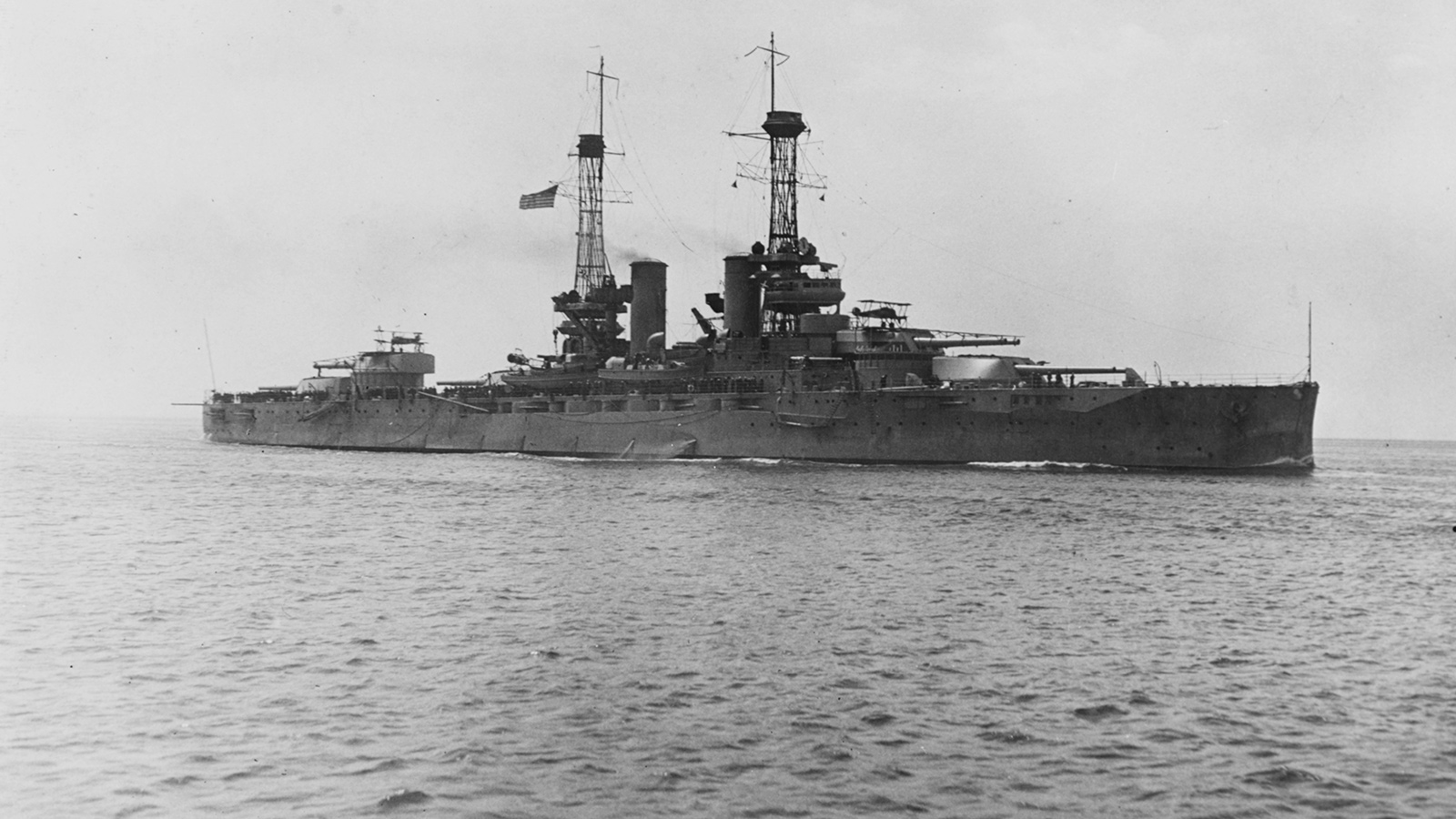Stay Up to Date
Submit your email address to receive the latest industry and Aerospace America news.
Q. You’re a college student taking a test in a history of aviation course. An essay question asks who the first U.S. naval aviator was and the circumstances of his first flight. You write Eugene Ely for his 1910 and 1911 takeoffs and landings on a ship. Your professor writes that your answer is debatable and marks it as incomplete. How will you revise your answer?
Draft a response of no more than 250 words and email it by noon Eastern July 24 to [email protected] for a chance to have it published in the September issue.
From the June issue:
A MATTER OF PERSPECTIVE: We asked you what a former space flight controller and friends saw to make the controller point to the sky and say, “Whoa, look at that jellyfish!”
WINNER: They are seeing a rocket being launched to orbit. The red-to-blue snake-like trail shows the fumes from the spent first stage booster. This trail is being blown by upper atmosphere winds and has its color like a rainbow in the sky due to the low sun angle shining through the atmosphere. The bright white light is the nozzle of the second stage as it is firing to make orbit, and we are looking at the nozzle as it is flying away and heading to go over the horizon. The round shell-like faint shape is the exhaust from the second stage as it is expanding in the near vacuum of space. The controller calls it a jellyfish in the sky because of the way it looks as the trail of it is blown by the upper atmosphere winds, and he knows that would get the attention of the three marine scientists. Mike Helton, an AIAA senior member, is a retired risk manager on government programs. He lives in Rockville, Maryland. [email protected]
Related Posts
Stay Up to Date
Submit your email address to receive the latest industry and Aerospace America news.




